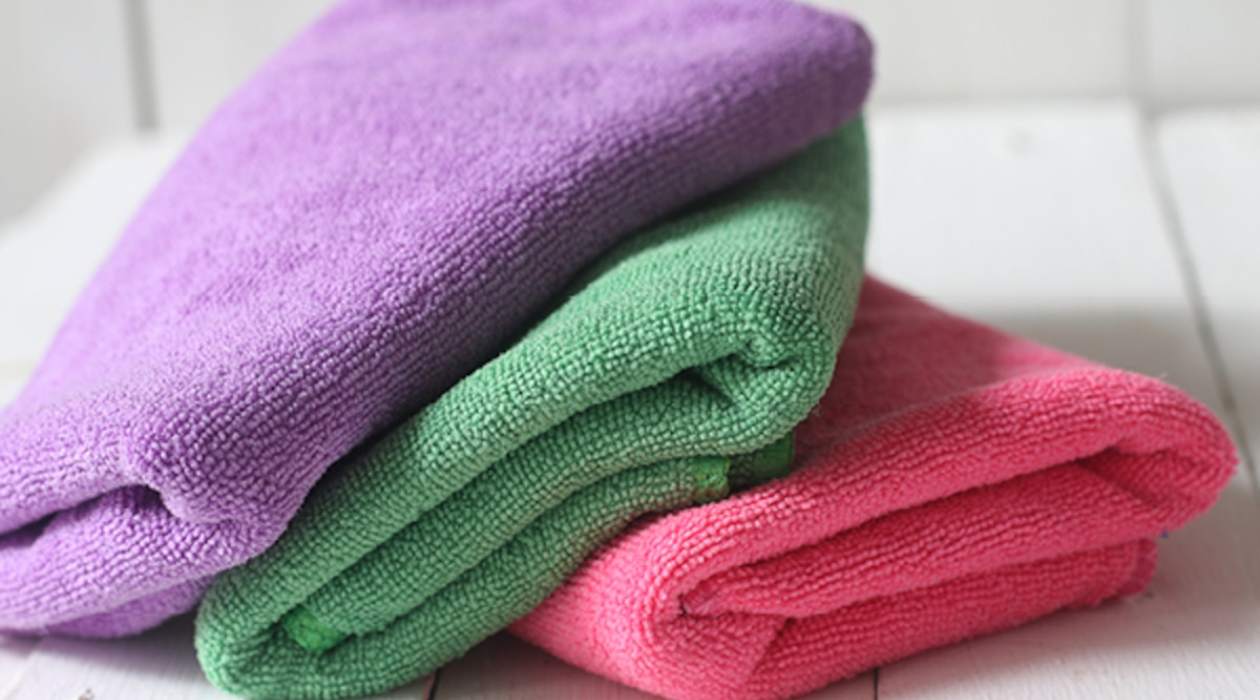

Articles
How To Store Microfiber Towels
Modified: February 26, 2024
Learn the best way to store your microfiber towels to keep them clean, soft, and long-lasting. Our articles provide helpful tips and recommendations for proper storage techniques.
(Many of the links in this article redirect to a specific reviewed product. Your purchase of these products through affiliate links helps to generate commission for Storables.com, at no extra cost. Learn more)
Introduction
Microfiber towels have become increasingly popular in recent years due to their exceptional cleaning abilities and versatility. These ultra-fine synthetic fibers are designed to trap dirt, dust, and debris more effectively than traditional towels, making them ideal for various cleaning tasks.
However, to ensure that your microfiber towels maintain their performance and longevity, proper storage is crucial. In this article, we will explore the importance of storing microfiber towels correctly and provide you with helpful tips on how to keep them in pristine condition.
Whether you use microfiber towels for household cleaning, car detailing, or personal care, implementing the right storage practices will help preserve their effectiveness and extend their lifespan. By following the guidelines outlined in this article, you can ensure that your microfiber towels remain in optimal condition for many uses to come.
Key Takeaways:
- Proper storage of microfiber towels is crucial for maintaining their absorbency, softness, and cleanliness. Choosing the right location, cleaning before storage, and organizing efficiently are key to preserving their effectiveness and longevity.
- Avoiding common mistakes such as storing dirty towels, using fabric softeners, and overloading storage containers is essential for ensuring the optimal performance and longevity of microfiber towels. Following manufacturer’s care instructions is also crucial for maintaining their quality.
Read more: How To Store Microfiber Cloths
Why Proper Storage is Important for Microfiber Towels
Proper storage of microfiber towels is essential for maintaining their effectiveness and prolonging their lifespan. Here are a few reasons why you should pay attention to how you store your microfiber towels:
- Prolongs Absorbency: Microfiber towels are renowned for their excellent absorbency, but this can diminish over time if not stored correctly. Improper storage, such as leaving them bunched up or crumpled, can compress the fibers, reducing their ability to absorb moisture effectively.
- Prevents Contamination: Microfiber towels are often used for cleaning various surfaces, including countertops, mirrors, and electronic screens. If not stored properly, they can accumulate dirt, dust, and other contaminants, which can transfer onto other surfaces during the next use, potentially causing scratches or leaving behind residues.
- Maintains Softness and Fluffiness: Microfiber towels are known for their soft and plush texture, which enhances their cleaning performance. Proper storage helps preserve the softness and fluffiness of the fibers, ensuring a pleasant tactile experience and optimal cleaning results.
- Prevents Odors and Mildew: Microfiber towels can develop unpleasant odors and even mildew if not stored in a well-ventilated area. Storing them damp or in a closed, humid environment can create an ideal breeding ground for bacteria and mold. It is crucial to allow the towels to dry completely before storing them to prevent these issues.
By implementing proper storage practices, you can maintain the integrity and functionality of your microfiber towels. The next sections will provide you with helpful tips on choosing the right location for storage, cleaning the towels before storage, folding and organizing them for maximum efficiency, and avoiding common mistakes.
Choosing the Right Location for Storing Microfiber Towels
When it comes to storing microfiber towels, selecting the right location is crucial to maintain their cleanliness and effectiveness. Here are some factors to consider when choosing the storage area:
- Clean and Dry: It is essential to store microfiber towels in a clean and dry environment to prevent contamination and the growth of mold or mildew. Avoid storing them in damp or humid areas, such as bathrooms or basements, as moisture can damage the fibers and cause unpleasant odors.
- Well-Ventilated: Opt for a storage area with good air circulation to allow the towels to dry completely after use. Adequate ventilation helps prevent the accumulation of moisture and reduces the risk of mildew or musty odors.
- Away from Chemicals and Harsh Substances: Keep your microfiber towels away from chemicals, solvents, and harsh substances that can damage the fibers. Avoid storing them near cleaning products, detergents, or strong-smelling substances that might leave residues or cause discoloration.
- Avoid Direct Sunlight: Prolonged exposure to direct sunlight can fade the colors and weaken the fibers of microfiber towels. Choose a storage area away from windows or use opaque bins or drawers to protect the towels from harmful UV rays.
- Organized and Accessible: Keep your microfiber towels organized and easily accessible to ensure convenience when you need them. Consider using storage bins, shelves, or hanging hooks to keep them neatly arranged and readily available for use.
By considering these factors, you can select an ideal location for storing your microfiber towels, ensuring their cleanliness, longevity, and optimum functionality. The next sections will guide you on cleaning and preparing the towels for storage, as well as folding and organizing them efficiently.
Cleaning and Preparing Microfiber Towels for Storage
Before storing your microfiber towels, it is important to clean and prepare them properly to maintain their quality and performance. Here are some steps to follow:
- Separate by Use: If you use microfiber towels for different purposes, such as cleaning the kitchen, bathroom, or car, separate them accordingly. This will prevent cross-contamination of dirt and residues.
- Pre-Treat Stains: Inspect each towel for stains or spots and pre-treat them before washing. Apply a small amount of stain remover or detergent directly to the affected areas and gently rub the fabric together to help loosen the stain.
- Machine Wash with Care: Wash your microfiber towels separately or with other non-linting fabrics to avoid lint transfer. Use a mild detergent on a gentle cycle with cool or warm water. Avoid using fabric softeners or bleach, as they can clog the microfibers and reduce their effectiveness.
- Avoid Heat: After washing, avoid using high heat settings when drying the towels. Excessive heat can damage the fibers and cause them to lose their softness and absorbency. Instead, opt for low heat or air-drying to preserve their quality.
- Inspect for Residue: Once the towels are dry, inspect them for any residues or lingering odors. If you notice any, rewash them using the same gentle washing process mentioned above.
By following these cleaning steps, you can ensure that your microfiber towels are free from stains, dirt, and residues, ready to be stored in optimal condition. The next section will guide you on folding and organizing the towels for maximum efficiency.
Store microfiber towels in a cool, dry place to prevent mold and mildew. Avoid storing them in plastic bags or containers, as this can trap moisture. Instead, use a breathable fabric bag or hang them up to air dry.
Folding and Organizing Microfiber Towels for Maximum Efficiency
Proper folding and organizing of microfiber towels not only helps maintain their condition but also enhances their efficiency during use. Here are some tips to ensure maximum efficiency when folding and organizing your microfiber towels:
- Fold Properly: Fold your microfiber towels neatly to minimize wrinkles and optimize space. A popular method is the “three-fold” technique: fold the towel in half lengthwise, and then fold it in half or in thirds horizontally. This method creates a compact shape that is easy to store and retrieve.
- Categorize by Size or Use: Consider organizing your microfiber towels according to their size or purpose. For example, you can have separate piles for larger towels used for drying cars and smaller towels for cleaning delicate surfaces. Categorizing them this way makes it easier to select the appropriate towel for each task.
- Color-Code: If you have microfiber towels in different colors, you can assign specific colors for specific purposes. For example, you can use blue towels for glass cleaning and yellow towels for general household cleaning. Color-coding helps prevent cross-contamination and promotes hygienic cleaning practices.
- Label or Tag: Attach labels or tags to your microfiber towels to indicate their designated use or any specific precautions to take. This helps you quickly identify the right towel for each task and reminds you of any care instructions.
- Store in Proper Containers: Consider using lidded bins, stackable storage containers, or designated drawers to store your folded microfiber towels. These containers help protect the towels from dust, moisture, and potential damage, while keeping them easily accessible for future use.
- Maintain Order and Rotation: Regularly assess the condition of your microfiber towels and rotate them if necessary. Over time, some towels may become worn or less effective, so it’s important to replace them to maintain optimal cleaning performance.
By following these folding and organizing tips, you can maximize the efficiency and usability of your microfiber towels. However, even with proper storage and care, it is important to be aware of common mistakes that can impact their performance, as highlighted in the next section.
Read more: How To Store Towels
Avoiding Common Mistakes When Storing Microfiber Towels
While proper storage is essential for maintaining the quality and effectiveness of microfiber towels, it is equally important to avoid common mistakes that can compromise their performance. Here are some common mistakes to avoid when storing microfiber towels:
- Storing dirty towels: Avoid storing microfiber towels without washing them first. Dirt, debris, and cleaning product residues left on the towels can lead to cross-contamination and unpleasant odors.
- Using fabric softeners: Fabric softeners can leave a residue on microfiber towels, reducing their absorbency and cleaning capabilities. Avoid using fabric softeners when washing or drying the towels.
- Overloading storage containers: Stuffing too many towels into storage containers can lead to them being compressed and losing their fluffiness. Allow enough space for the towels to breathe and maintain their shape.
- Storing towels damp: Never store microfiber towels while they are still damp. Moisture can cause mildew and odors. Ensure that the towels are completely dry before putting them away.
- Ignoring washing instructions: Different microfiber towels may have specific washing instructions. Always follow the recommended care instructions provided by the manufacturer to maintain the towels’ integrity and ensure their longevity.
- Using high heat: High heat from drying or ironing can damage the microfiber fibers, causing them to lose their softness and absorbency. Opt for low-heat settings or air-drying to preserve the quality of the towels.
- Storing near heat sources: Avoid storing microfiber towels near heat sources such as furnaces, heaters, or direct sunlight. Heat can degrade the fibers and shorten the lifespan of the towels.
By avoiding these common mistakes, you can ensure that your microfiber towels remain in optimal condition and continue to provide superior cleaning performance.
Conclusion
Proper storage and care are essential for maintaining the effectiveness and longevity of your microfiber towels. By following the tips outlined in this article, you can ensure that your towels remain in pristine condition and deliver optimal cleaning performance for a long time.
Choosing the right location for storage, such as a clean and well-ventilated area, helps prevent contamination and maintains the towels’ absorbency and softness. Cleaning them before storage, using proper washing techniques and avoiding fabric softeners, ensures that they are free from dirt and residues.
When folding and organizing microfiber towels, consider categorizing them by size or use, color-coding them, and labeling or tagging them for easy identification. Storing them in proper containers and maintaining order and rotation further enhances their efficiency and usability.
Avoiding common mistakes, such as storing dirty towels, using high heat, or overloading storage containers, is crucial to prevent damage and maintain the towels’ quality. Following the manufacturer’s care instructions is also important to ensure the towels’ longevity.
By implementing these storage and care practices, you can enjoy the benefits of microfiber towels for an extended period and maximize their cleaning power across various tasks and surfaces.
Remember, microfiber towels are incredible tools for cleaning and maintaining a pristine environment, and with the right storage methods, they will continue to serve you well for years to come.
Frequently Asked Questions about How To Store Microfiber Towels
Was this page helpful?
At Storables.com, we guarantee accurate and reliable information. Our content, validated by Expert Board Contributors, is crafted following stringent Editorial Policies. We're committed to providing you with well-researched, expert-backed insights for all your informational needs.


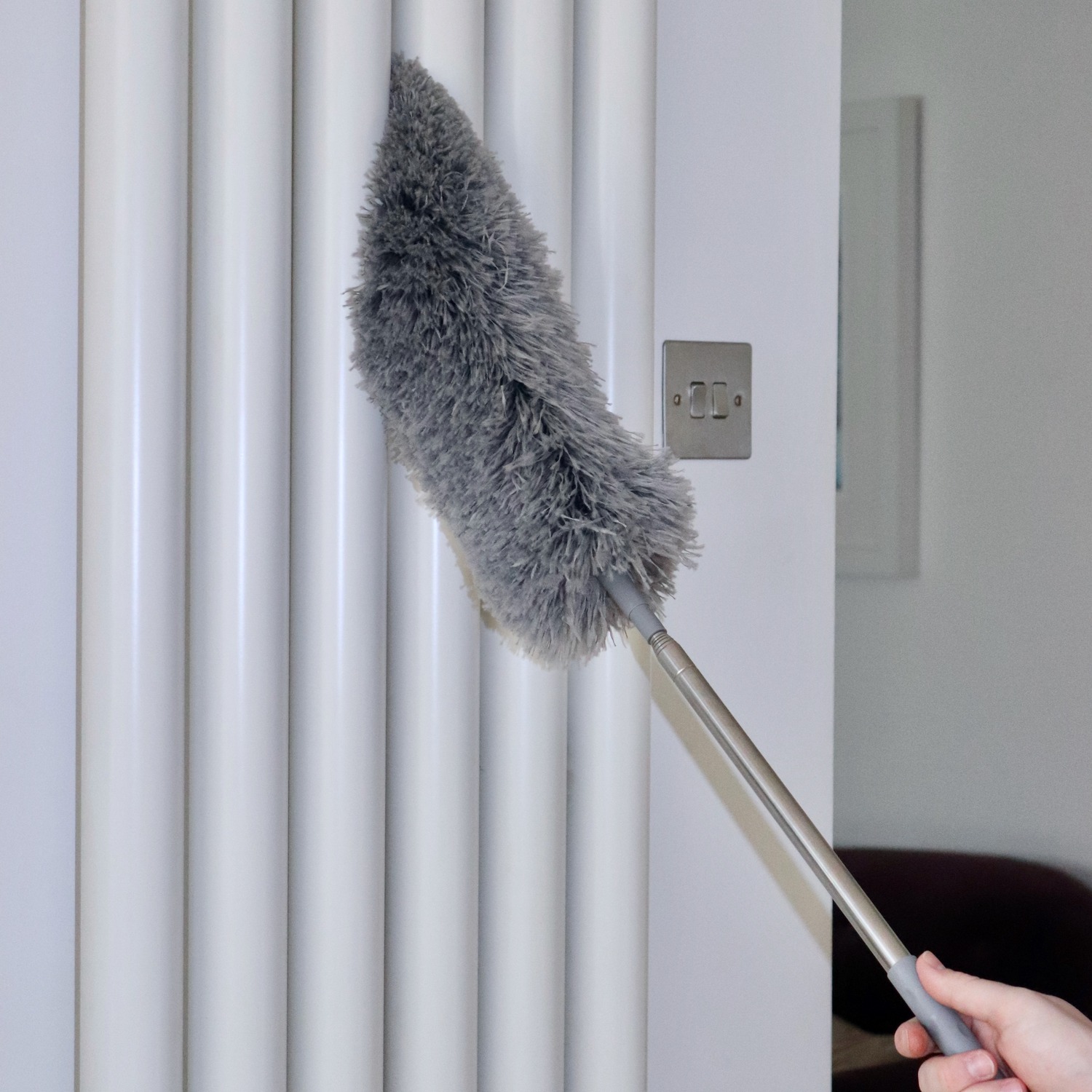
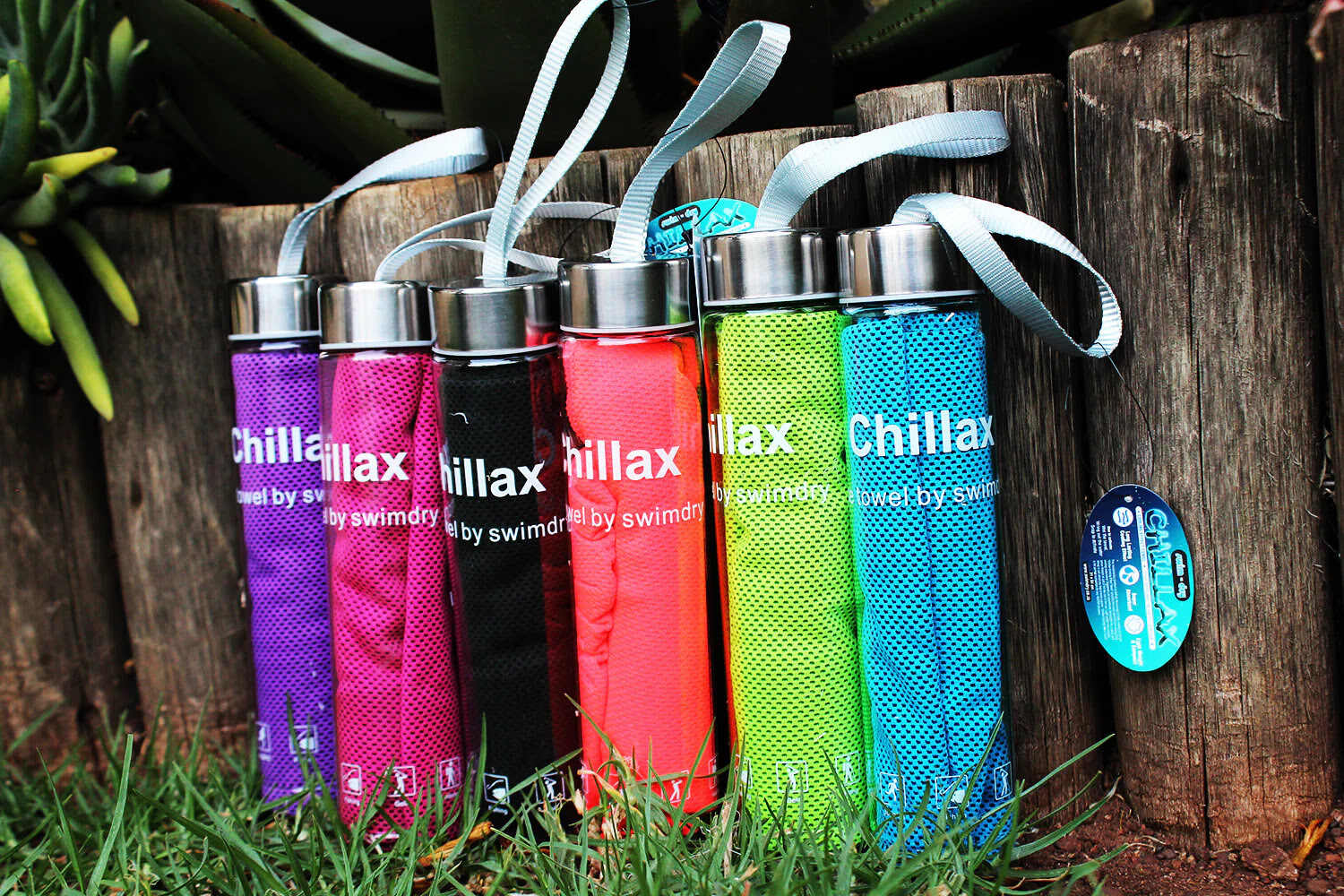

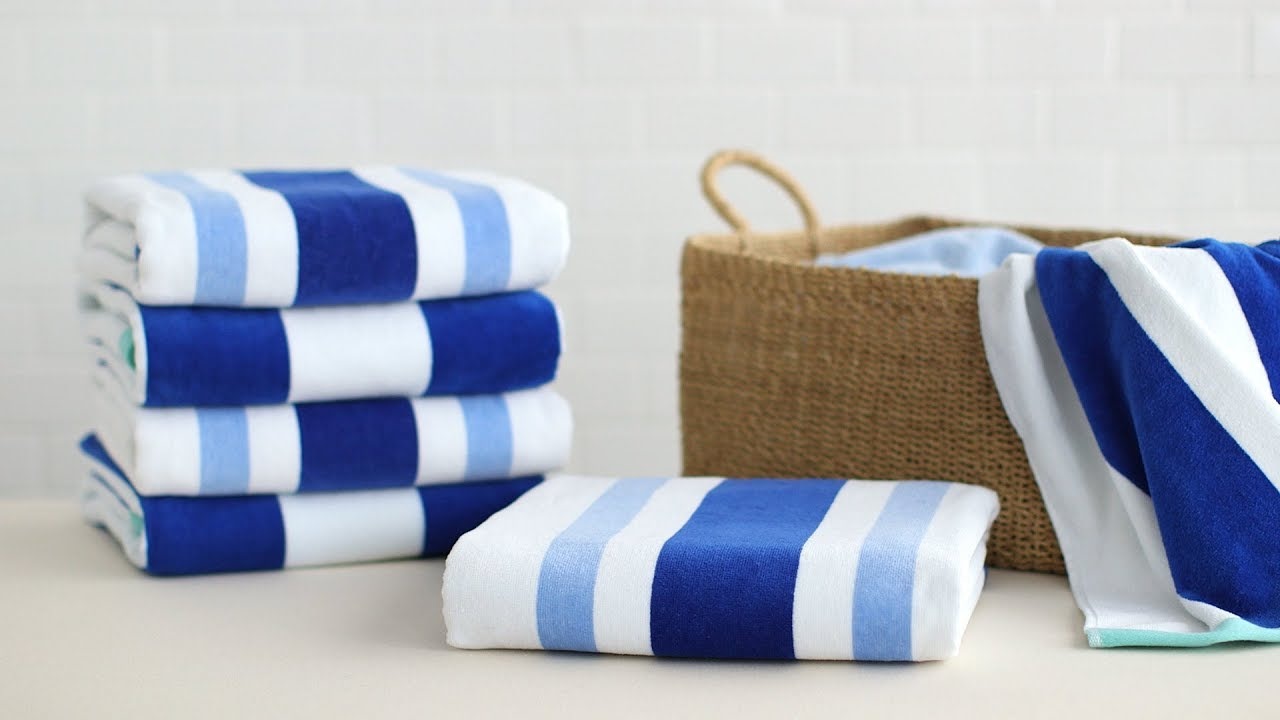

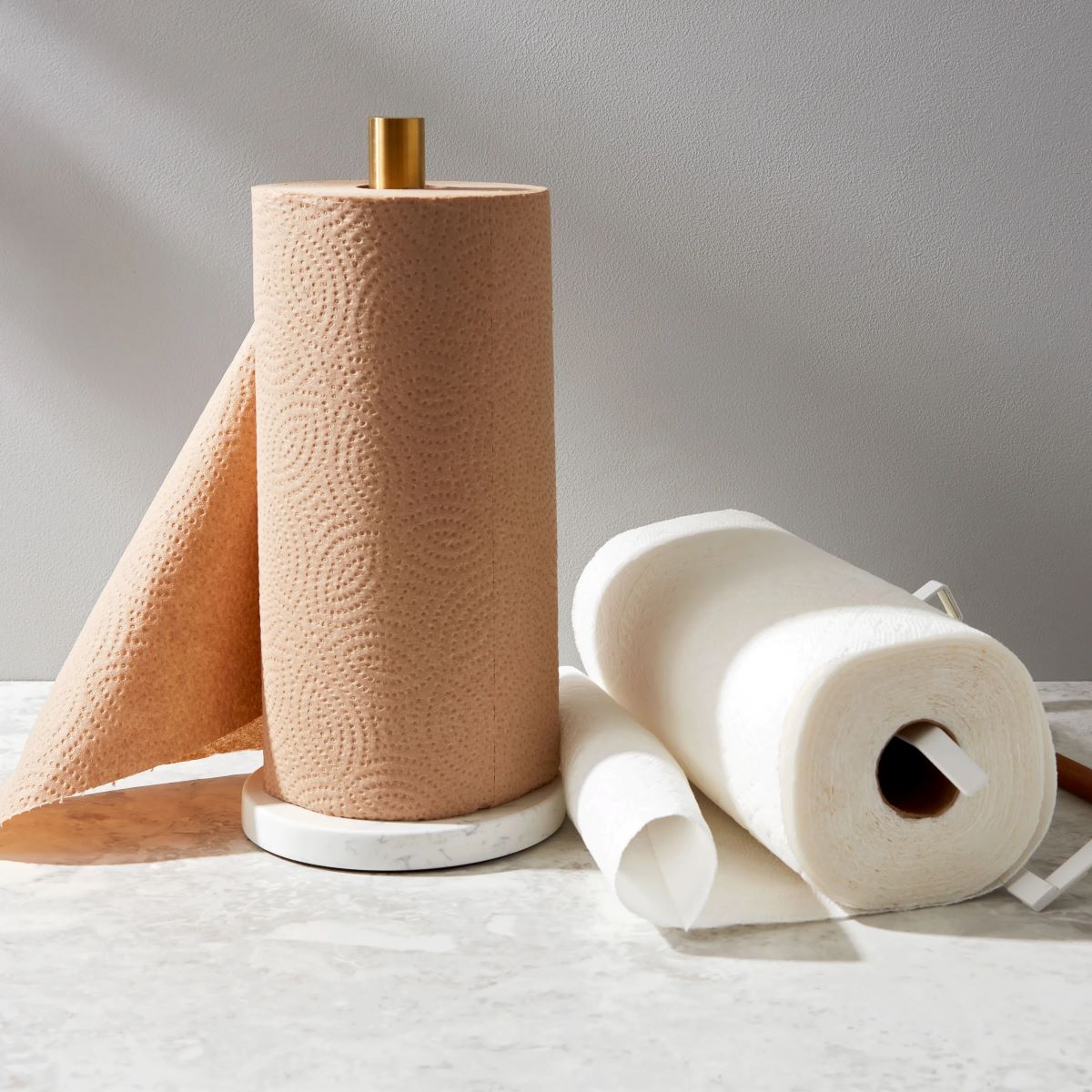
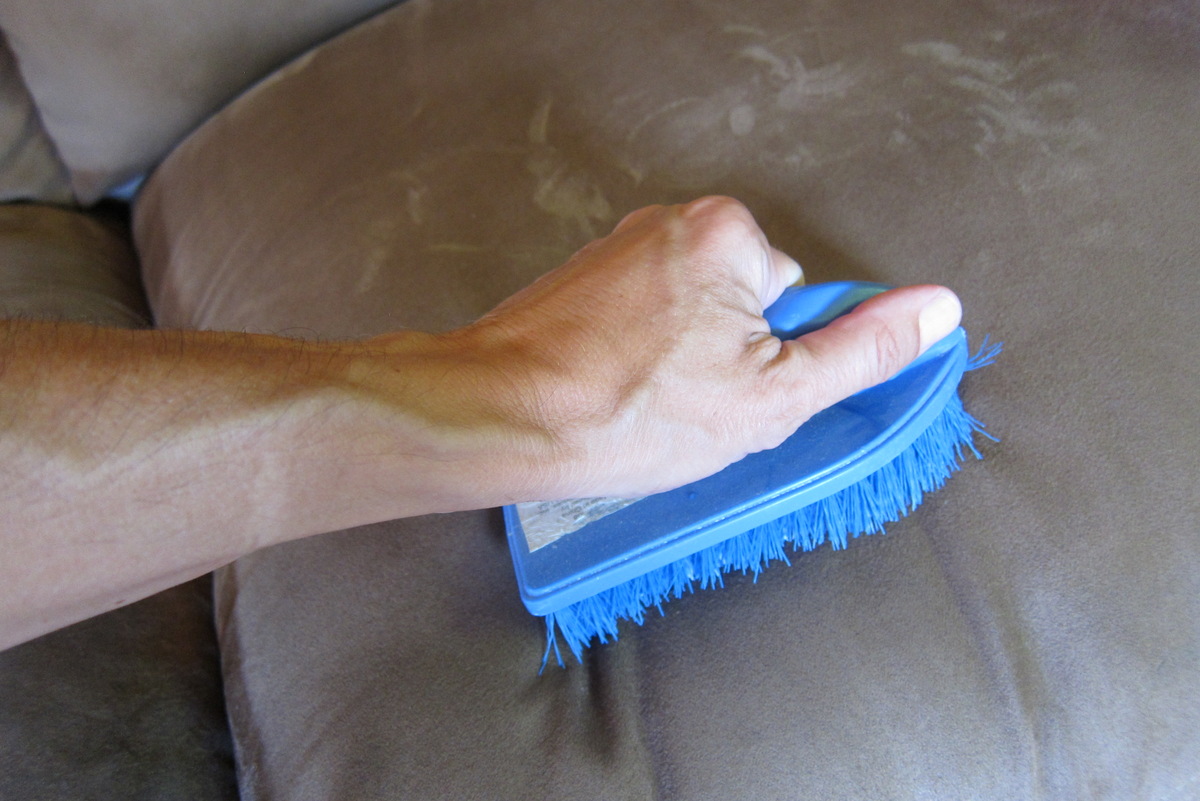
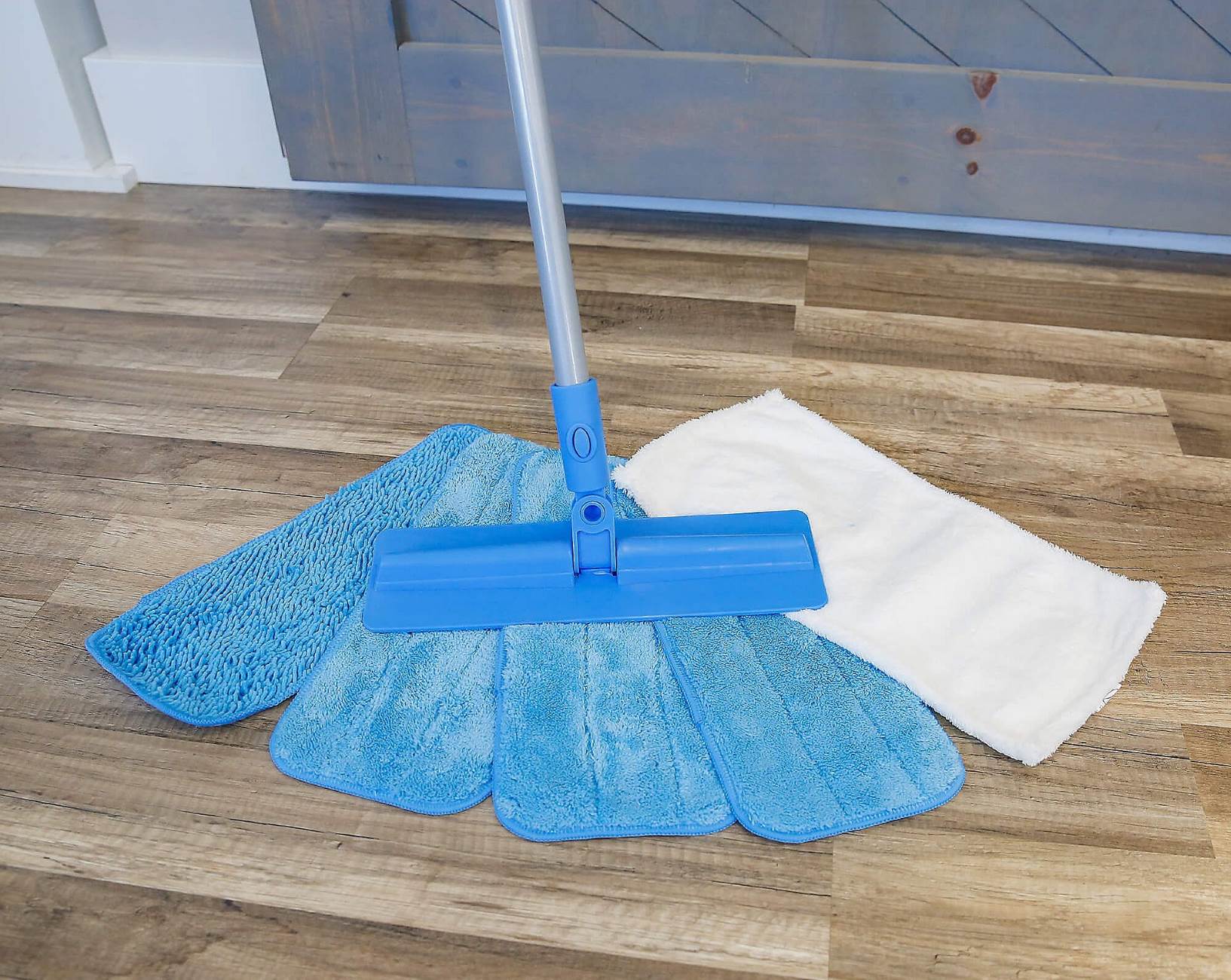

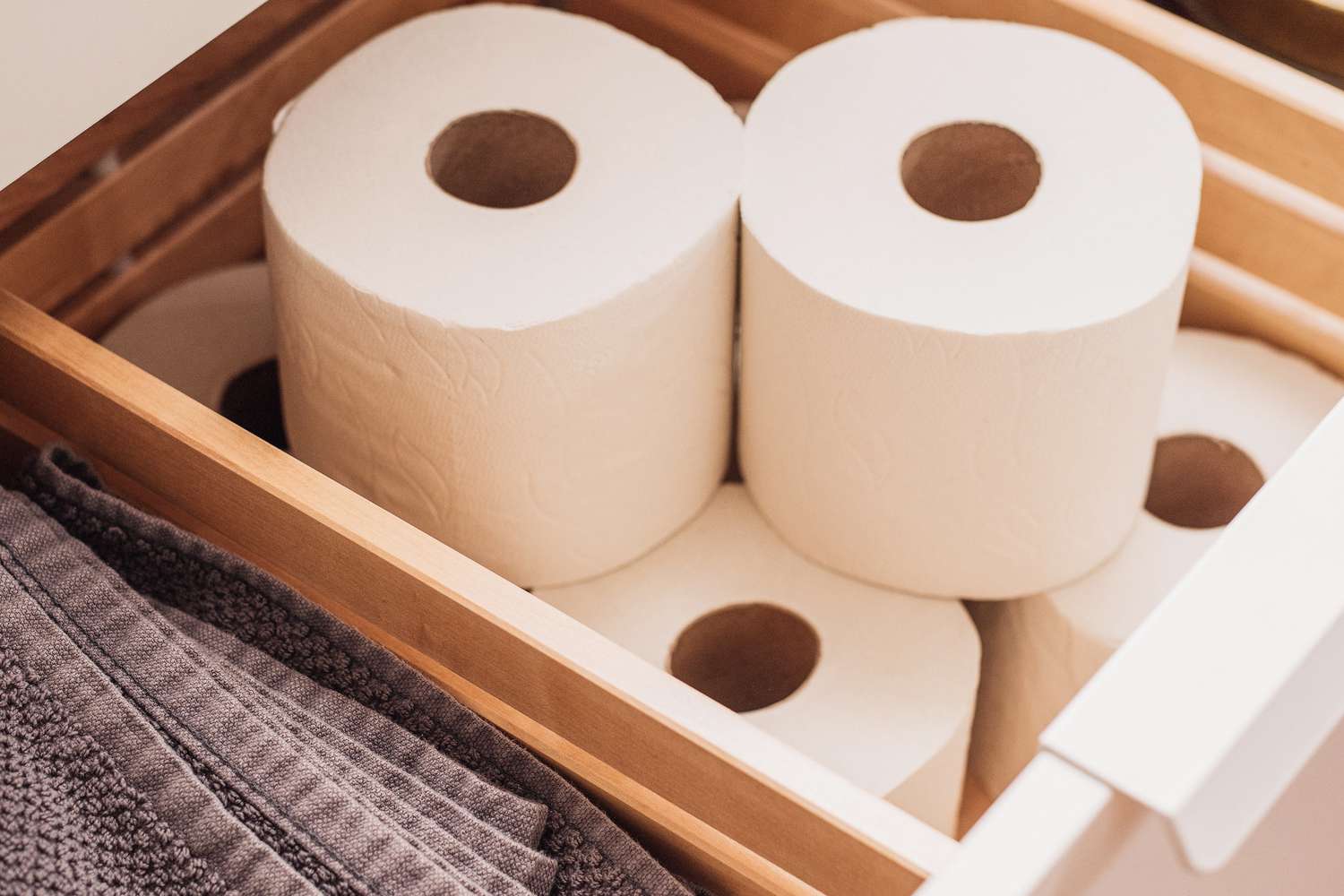
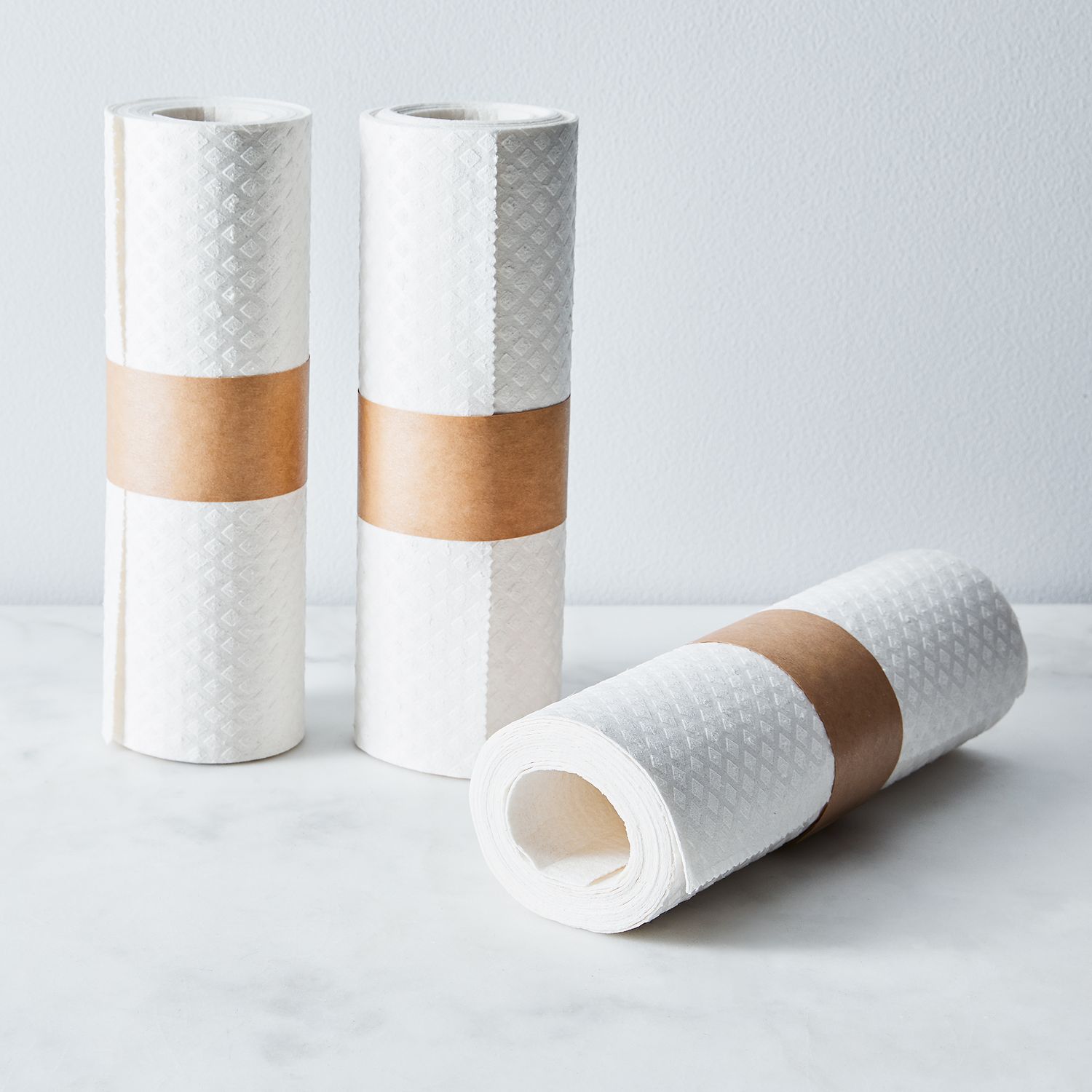


0 thoughts on “How To Store Microfiber Towels”